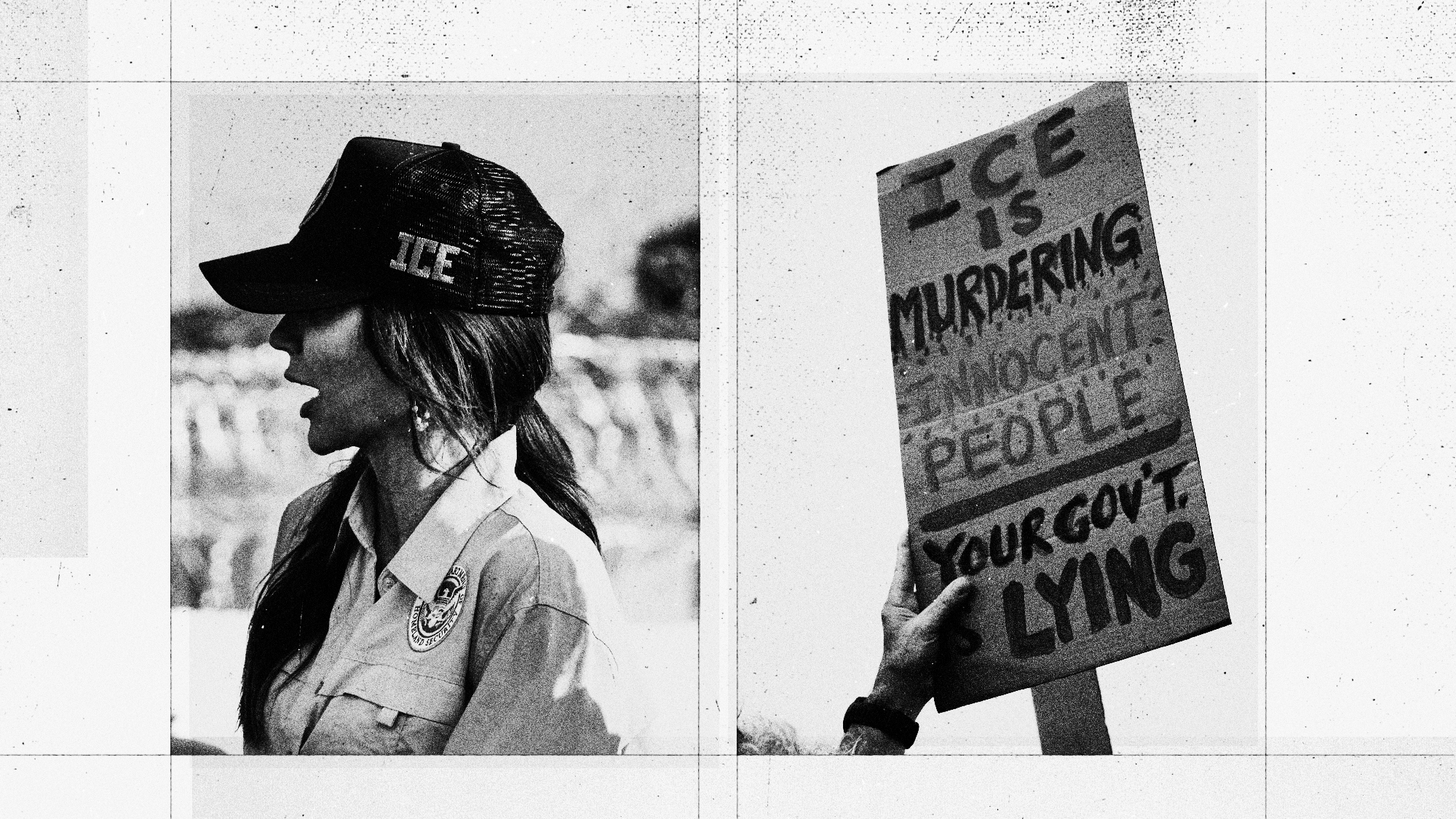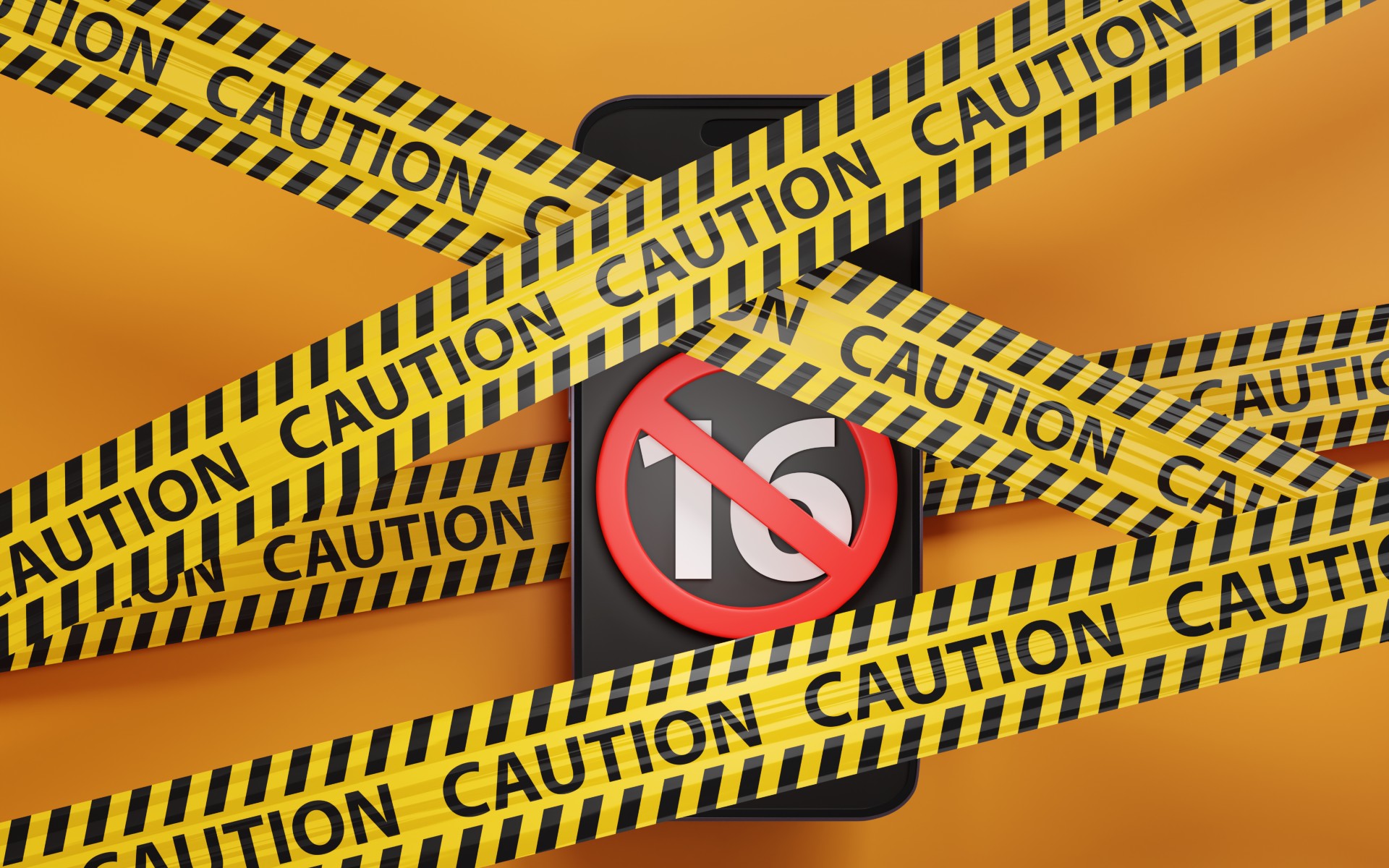Rodney King, 1965–2012
The man who symbolized police brutality
Rodney King was drunk, on parole, and driving 100 mph when Los Angeles police chased him for eight miles before pulling him over just after midnight on March 3, 1991. When he resisted arrest, they clubbed him more than 50 times with their batons and left him with a fractured ankle, cheekbone, and skull. An 81-second videotape of the beating, recorded by a nearby resident and soon shown around the world, turned King into an unlikely and often uncomfortable celebrity. “I wanted no part of it,” he later wrote. “I just wanted to stay home, drink, and watch TV.”
Instead, his very name “became a symbol of police abuse and racial tensions, and of one of the worst urban riots in American history,” said the Los Angeles Times. Four white police officers were indicted in King’s beating. The following year, when a jury with no black members acquitted three of them and declared a mistrial for the fourth, South Los Angeles erupted into violence and looting that the LAPD proved unable to contain. After two days of rioting, King appeared on television “looking like a terrified child groping for what to say.” His simple plea: “Can we all get along?”
King’s words, said The New York Times, “became part of American culture.” The rioting, which left 55 people dead and caused an estimated $1 billion in property damage, was finally quelled with the help of 5,700 troops from the National Guard and the Marines. Los Angeles’s combative police chief, Daryl Gates, resigned as a wave of reform changed police practices across the country. Two officers were later convicted on federal charges and jailed for their role in the beating, and King settled a civil suit with the city for $3.8 million.
The Week
Escape your echo chamber. Get the facts behind the news, plus analysis from multiple perspectives.

Sign up for The Week's Free Newsletters
From our morning news briefing to a weekly Good News Newsletter, get the best of The Week delivered directly to your inbox.
From our morning news briefing to a weekly Good News Newsletter, get the best of The Week delivered directly to your inbox.
Much of that money went to legal fees, said The Washington Post. King continued to struggle with drugs and alcohol, and had further “run-ins with the law, including domestic violence charges.” In recent months, he completed an autobiography and seemed to have come to grips with his strange fate. “It changed things,” he said. “It made the world a better place.”
A free daily email with the biggest news stories of the day – and the best features from TheWeek.com
-
 ‘The economics of WhatsApp have been mysterious for years’
‘The economics of WhatsApp have been mysterious for years’Instant Opinion Opinion, comment and editorials of the day
-
 Will Democrats impeach Kristi Noem?
Will Democrats impeach Kristi Noem?Today’s Big Question Centrists, lefty activists also debate abolishing ICE
-
 Is a social media ban for teens the answer?
Is a social media ban for teens the answer?Talking Point Australia is leading the charge in banning social media for people under 16 — but there is lingering doubt as to the efficacy of such laws